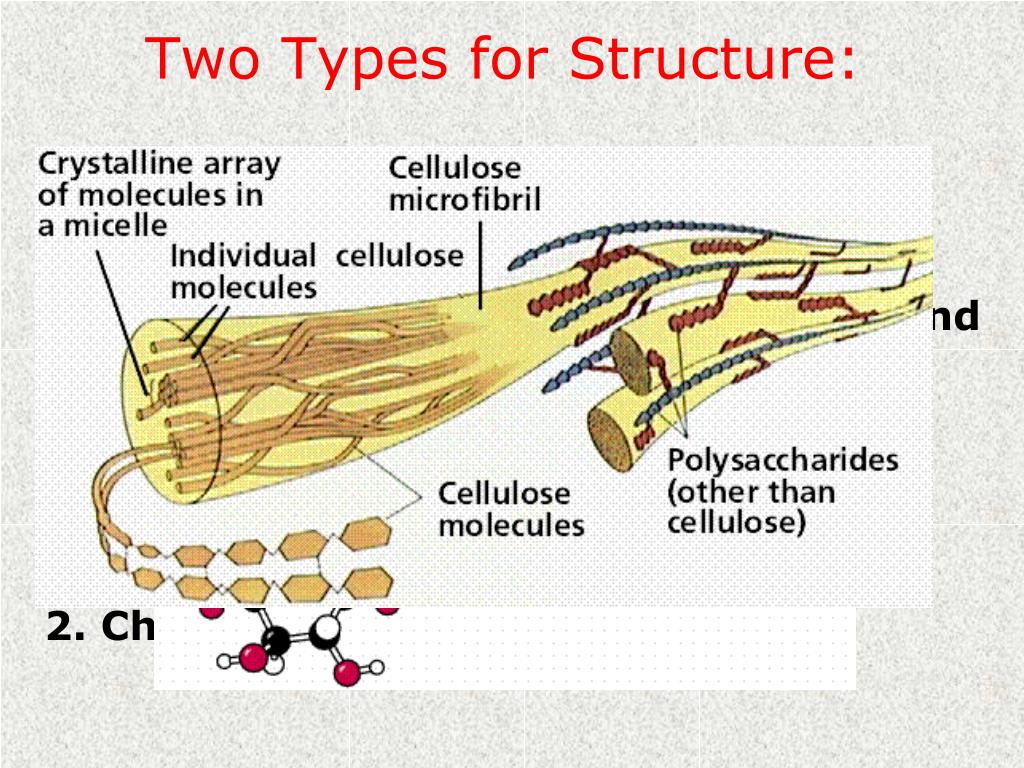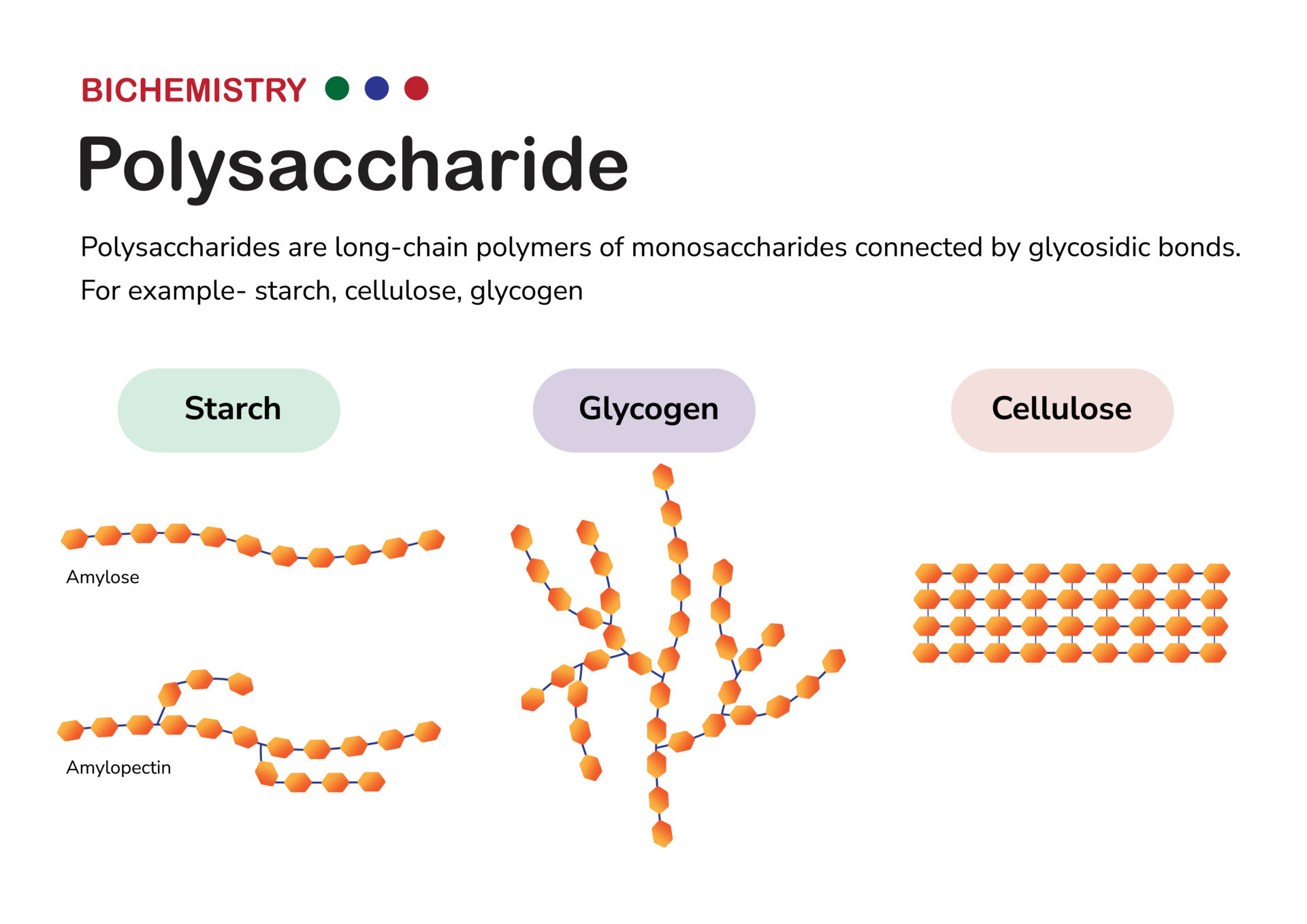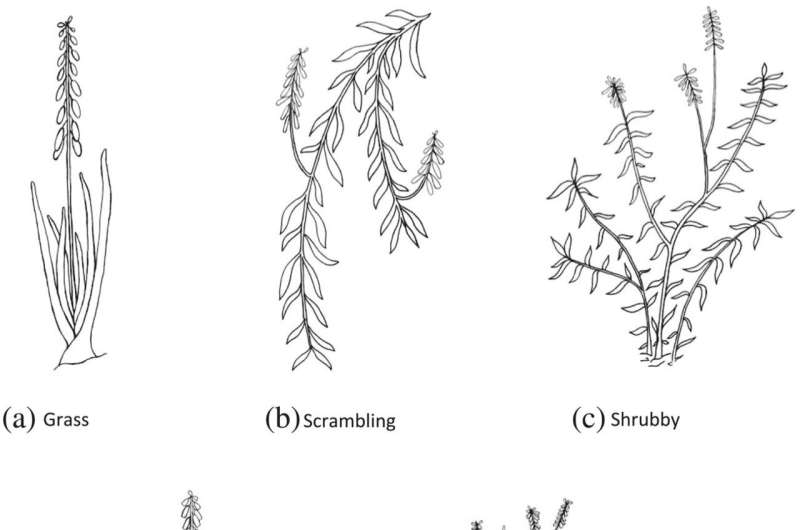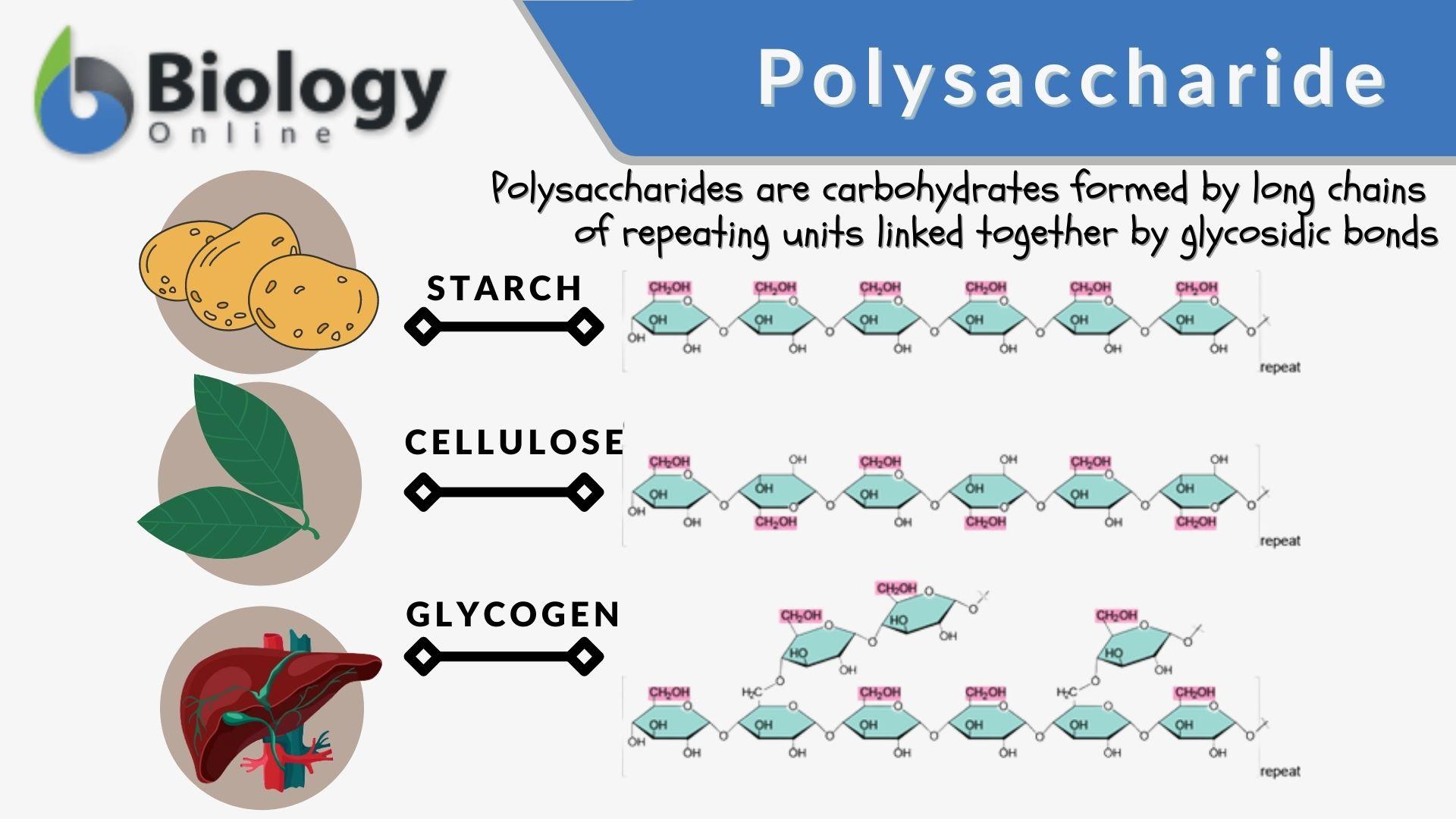The Polysaccharide That Forms Plant Cell Walls Is
The Polysaccharide That Forms Plant Cell Walls Is - Plant cell walls are complex networks comprised of physically interacting polymers such as polysaccharides (pectin,. New technologies reveal the deposition and remodeling of plant cell wall polysaccharides and their impact on plant development. The polysaccharides are the most abundant carbohydrates in nature and serve a variety of functions, such as energy storage or. In land plants, the primary cell wall comprises polysaccharides like cellulose, hemicelluloses, and pectin. Often, other polymers such as. In addition to cellulose, plant cell walls contain several matrix polysaccharides that are grouped into two general categories: Plant cells build nanofibrillar walls that are central to plant growth, morphogenesis and mechanics. Cellulose, long crystals of several dozen glucan chains, forms the microfibrillar foundation of plant cell walls and is synthesized at the plasma. Cellulose, a major component of plant cell walls, is made by dynamic complexes that move within the plasma membrane while.
Cellulose, a major component of plant cell walls, is made by dynamic complexes that move within the plasma membrane while. Cellulose, long crystals of several dozen glucan chains, forms the microfibrillar foundation of plant cell walls and is synthesized at the plasma. In land plants, the primary cell wall comprises polysaccharides like cellulose, hemicelluloses, and pectin. In addition to cellulose, plant cell walls contain several matrix polysaccharides that are grouped into two general categories: Plant cell walls are complex networks comprised of physically interacting polymers such as polysaccharides (pectin,. Often, other polymers such as. New technologies reveal the deposition and remodeling of plant cell wall polysaccharides and their impact on plant development. The polysaccharides are the most abundant carbohydrates in nature and serve a variety of functions, such as energy storage or. Plant cells build nanofibrillar walls that are central to plant growth, morphogenesis and mechanics.
In addition to cellulose, plant cell walls contain several matrix polysaccharides that are grouped into two general categories: Cellulose, a major component of plant cell walls, is made by dynamic complexes that move within the plasma membrane while. The polysaccharides are the most abundant carbohydrates in nature and serve a variety of functions, such as energy storage or. Cellulose, long crystals of several dozen glucan chains, forms the microfibrillar foundation of plant cell walls and is synthesized at the plasma. In land plants, the primary cell wall comprises polysaccharides like cellulose, hemicelluloses, and pectin. New technologies reveal the deposition and remodeling of plant cell wall polysaccharides and their impact on plant development. Plant cell walls are complex networks comprised of physically interacting polymers such as polysaccharides (pectin,. Often, other polymers such as. Plant cells build nanofibrillar walls that are central to plant growth, morphogenesis and mechanics.
Plant cellulose biology vector illustration diagram Plant cell, Cell
The polysaccharides are the most abundant carbohydrates in nature and serve a variety of functions, such as energy storage or. Cellulose, a major component of plant cell walls, is made by dynamic complexes that move within the plasma membrane while. Often, other polymers such as. Plant cells build nanofibrillar walls that are central to plant growth, morphogenesis and mechanics. Cellulose,.
SOLVED Which polysaccharide forms the long, tough fibers found in
Plant cells build nanofibrillar walls that are central to plant growth, morphogenesis and mechanics. New technologies reveal the deposition and remodeling of plant cell wall polysaccharides and their impact on plant development. In addition to cellulose, plant cell walls contain several matrix polysaccharides that are grouped into two general categories: Plant cell walls are complex networks comprised of physically interacting.
Polysaccharide Definition and Functions
In land plants, the primary cell wall comprises polysaccharides like cellulose, hemicelluloses, and pectin. Plant cell walls are complex networks comprised of physically interacting polymers such as polysaccharides (pectin,. The polysaccharides are the most abundant carbohydrates in nature and serve a variety of functions, such as energy storage or. Plant cells build nanofibrillar walls that are central to plant growth,.
(PDF) Biochemistry and physiological roles of enzymes that ‘cut and
Plant cells build nanofibrillar walls that are central to plant growth, morphogenesis and mechanics. New technologies reveal the deposition and remodeling of plant cell wall polysaccharides and their impact on plant development. The polysaccharides are the most abundant carbohydrates in nature and serve a variety of functions, such as energy storage or. Often, other polymers such as. Cellulose, long crystals.
Polysaccharide
Often, other polymers such as. In land plants, the primary cell wall comprises polysaccharides like cellulose, hemicelluloses, and pectin. New technologies reveal the deposition and remodeling of plant cell wall polysaccharides and their impact on plant development. Cellulose, long crystals of several dozen glucan chains, forms the microfibrillar foundation of plant cell walls and is synthesized at the plasma. Plant.
PPT Biomolecules PowerPoint Presentation, free download ID1091680
New technologies reveal the deposition and remodeling of plant cell wall polysaccharides and their impact on plant development. Cellulose, a major component of plant cell walls, is made by dynamic complexes that move within the plasma membrane while. In addition to cellulose, plant cell walls contain several matrix polysaccharides that are grouped into two general categories: Often, other polymers such.
Biochemistry diagram present structure of polysaccharide such as starch
New technologies reveal the deposition and remodeling of plant cell wall polysaccharides and their impact on plant development. The polysaccharides are the most abundant carbohydrates in nature and serve a variety of functions, such as energy storage or. Often, other polymers such as. Plant cell walls are complex networks comprised of physically interacting polymers such as polysaccharides (pectin,. In land.
Exploring the polysaccharide composition of plant cell walls in
Cellulose, long crystals of several dozen glucan chains, forms the microfibrillar foundation of plant cell walls and is synthesized at the plasma. The polysaccharides are the most abundant carbohydrates in nature and serve a variety of functions, such as energy storage or. In addition to cellulose, plant cell walls contain several matrix polysaccharides that are grouped into two general categories:.
Polysaccharide Diagram
In land plants, the primary cell wall comprises polysaccharides like cellulose, hemicelluloses, and pectin. Plant cell walls are complex networks comprised of physically interacting polymers such as polysaccharides (pectin,. The polysaccharides are the most abundant carbohydrates in nature and serve a variety of functions, such as energy storage or. Often, other polymers such as. New technologies reveal the deposition and.
Energy Storage Form Of Carbohydrates In Animals Printable Form
In addition to cellulose, plant cell walls contain several matrix polysaccharides that are grouped into two general categories: New technologies reveal the deposition and remodeling of plant cell wall polysaccharides and their impact on plant development. In land plants, the primary cell wall comprises polysaccharides like cellulose, hemicelluloses, and pectin. Cellulose, long crystals of several dozen glucan chains, forms the.
Cellulose, Long Crystals Of Several Dozen Glucan Chains, Forms The Microfibrillar Foundation Of Plant Cell Walls And Is Synthesized At The Plasma.
Plant cells build nanofibrillar walls that are central to plant growth, morphogenesis and mechanics. Cellulose, a major component of plant cell walls, is made by dynamic complexes that move within the plasma membrane while. Plant cell walls are complex networks comprised of physically interacting polymers such as polysaccharides (pectin,. The polysaccharides are the most abundant carbohydrates in nature and serve a variety of functions, such as energy storage or.
Often, Other Polymers Such As.
In addition to cellulose, plant cell walls contain several matrix polysaccharides that are grouped into two general categories: New technologies reveal the deposition and remodeling of plant cell wall polysaccharides and their impact on plant development. In land plants, the primary cell wall comprises polysaccharides like cellulose, hemicelluloses, and pectin.

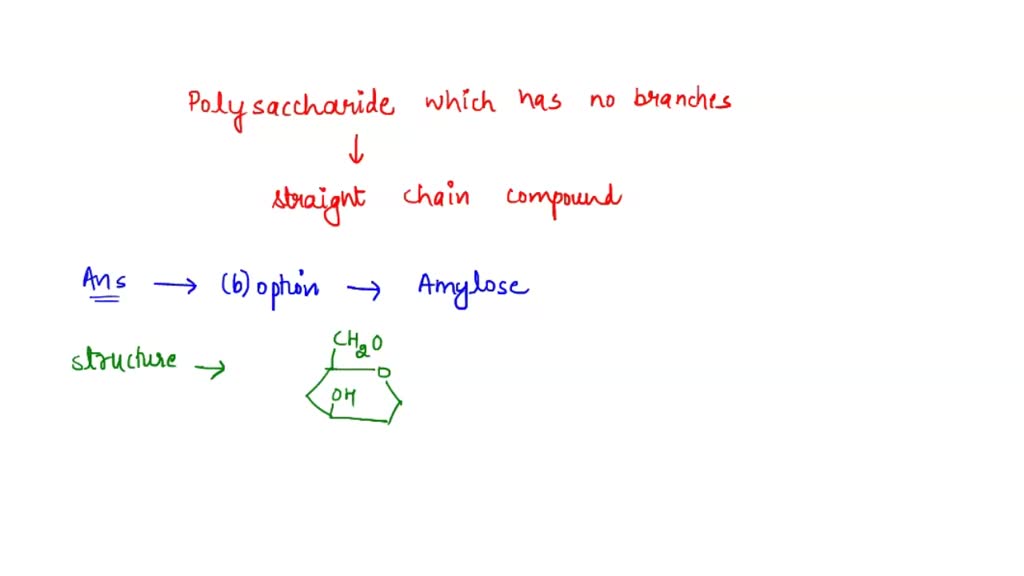
/GettyImages-1193686961-055bb7e250ca44eb817d245b301a0bf4.jpg)


